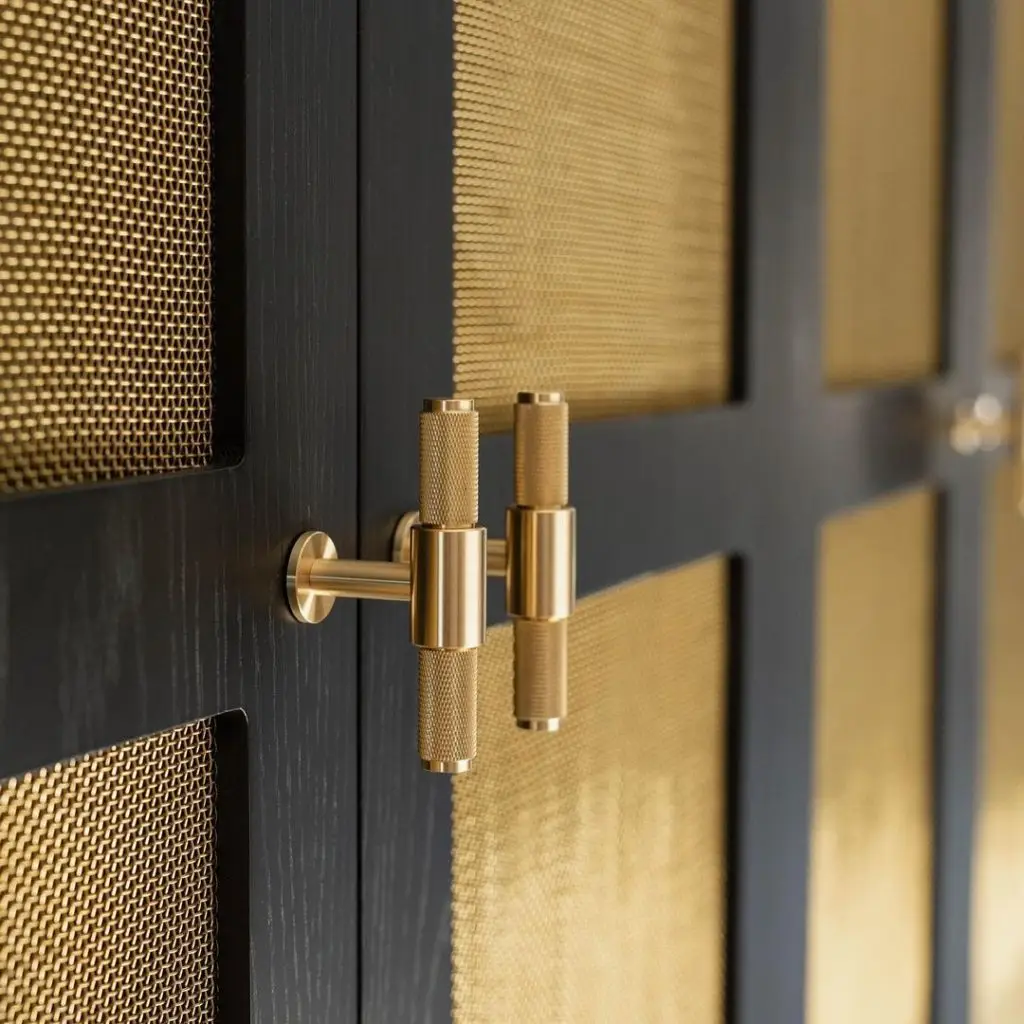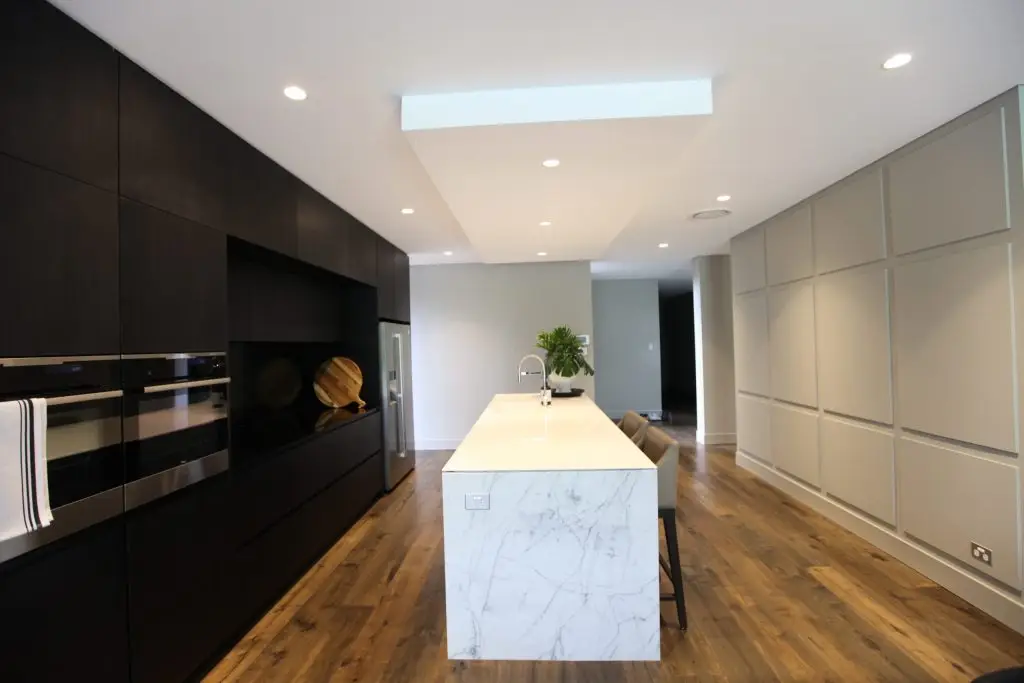7 Elements of interior design
How to Use the Elements and Principles of Interior Design to Decorate Your Home
Contemporary interior design involves much more than deciding which pillows and drapes tie the room together — although those selections still matter. Interior Design is both science and art! It has to do with how our brains and bodies react to the space around us. And it’s the job of an interior designer to shape those feelings or sensations in a positive direction that makes someone want to spend time in a room.
To do this, interior designers utilize certain artistic methodologies that “trick” our minds or, at the very least, reshape how we perceive interior spaces. It’s much more of a mind game than people realise.
Luckily, you can utilize the 7 core principles of interior design to decorate your home.
- Space
- Lines
- Form or Shape
- Pattern
- Light
- Color
- Texture
Let’s discuss these building blocks and how they can help you begin your journey to creating the home interior of your dreams.
1. Space

While all seven elements on this list are indispensable components of interior design, space is perhaps the most important to get right. After all, interior design is about the design of interior spaces.
If you’ve watched any sort of home improvement show in the past decade, you’ve heard of an “open concept” floor plan. This particular style of home is obsessed with space, specifically the balance of negative and positive space.
- The empty space giving a room a lofty and “open” feel is called negative space.
- The space filled with decors, such as a living room couch, dining table, and kitchen island, is called positive space.
In an open concept-style home, the walls are removed, making your brain feel like the space is larger than it would be if there were walls. This is just one example of how interior design works on the brain.
In addition to thinking about the positive and negative spaces in a 2D floor plan, an interior designer has to think about the space above the furniture:
- How high are the ceilings?
- Do I want to draw attention to the ceiling to highlight a certain feature?
- Should I keep my eyes low on the ground to showcase the exquisite furniture quality?
The challenge lies in striking a keen balance between these two forms of space —not too crowded, but not too sparse. And it’s uniquely based on your home.
2. Lines

Another element leveraged by interior designers to shape how our brain perceives space is the line. There are three main types of lines:
- Horizontal
- Vertical
- Dynamic
For example, if you want a more earthy, secure, cozy, and stable feel, use horizontal lines. Vertical lines, on the other hand, make spaces feel lofty and airy.
Horizontal Lines
For a more tranquil and peaceful feeling in a room, use horizontal lines. They ground the space and make it feel wider and more expansive. However, if you have too much of this design element, your space can quickly become dull, lacking the visual appeal that comes with vertical and dynamic lines.
Vertical Lines
Perpendicular to horizontal lines, verticals draw your eyes upward. For example, if your home boasts amazing tin ceiling tiles, a good interior designer will incorporate vertical lines that subconsciously lift your eyes up to highlight that feature. However, if vertical lines are used too frequently, it can cause people to feel confined.
Dynamic Lines
These lines suggest movement and stimulation. They are active and encourage your eyes to “move” in the direction of the line or notice the pattern.
Zigzag, angular, and curved lines fall into this category, as each provides a different movement or effect on the feeling of a room. Zigzag and angular lines give energy and life to a room, while smooth and curvy lines promote softness, smoothness, and balance.
We can see these lines in action in our Gallery of custom homes. As homes go from traditional to transitional to eventually modern and contemporary, you can actually see the lines become cleaner and less detailed, less curvy, and more angular.
3. Form or Shape

Any collection of lines that produces a shape is called a form. Lines, whether horizontal, vertical, or dynamic, give birth to shapes. These shapes can either be geometric (angular) or natural (curved). They can also be open or closed. When your interior designer has a firm grasp of your style, they can mix and match forms to achieve any feel you want in your home, whether that be earthy, modern, warm, cool, or whatever you’d like.
4. Pattern

A pattern is a collection of lines and forms, making it a part of the “line” family of elements along with the form. Like shapes, patterns accentuate a certain part of your interior, be it the ceiling, stairs, or walls. You can accomplish this effect with a bold statement wallpaper or loud color pop on a wall.
Patterns don’t have to be married to the walls. You can use them anywhere, from the grain in wood, to the picture frames, drapes, pillows, and more. Incorporating patterns into your home presents an endless array of options.
5. Light

If you’ve ever heard of “mood lighting,” then you’re familiar with this element of interior design. Light can set the mood of any room, as different types of light connotate different moods. Natural light can represent warmth and happiness, while artificial fluorescent lighting makes a room feel cold and still.
It’s important to understand the two main types of lighting and how they can contribute to the overall mood of a space.
Natural Lighting
Natural light sources can show off your beautiful paint colors or highlight a certain piece of furniture you have been dying to showcase. With a fully customised home, the interior designer can position the windows and doors perfectly to allow the right amount of natural light to cascade upon any interior space. Plus, designers can manipulate that light through curtains, shades, and drapes.
Artificial Lighting
When natural lighting isn’t sufficient or when designers are looking to highlight a particular art piece or set the mood, you can use artificial lighting. Your options include:
- Task Lighting: Fairly self-explanatory, it helps you accomplish tasks, meaning desk lighting, overhead lighting for the kitchen, and more.
- Accent Lighting: Indicating a focal point in your home, this form of lighting can include art pieces, sculptures, chandeliers, or even the architecture of your home.
- Ambient Lighting: Rather than highlighting or helping with tasks, ambient lighting enhances the overall space. It’s the “mood lighting” we talked about earlier.
6. Colour

Just like traffic lights when driving, colours in interior design connotate certain messages and moods, as our brains have been wired to perceive them in a certain way. It’s the job of the interior designer to manipulate them to produce the desired feeling you want for your home.
We won’t explain the colour wheel here, but it’s important to realize different colours inspire different feelings. For instance, green suggests tranquility and peace, while red is intense and represents hunger, and purple represents royalty. Thus, it’s important to be cognizant of the colour palette you want to use in each space of your home.
7. Texture

While most of the time texture is how something feels, interior designers have to consider how textures look and feel… There are two types of textures — visual and actual — and good designers can manipulate both to create the desired effect.
Actual Texture
This is how a material truly feels. For example, silk feels smooth, whereas linen can be crisp and rough. Leather, on the other hand, is also smooth but looks completely different from silk.
Visual Texture
Visual texture is how something appears to feel to your eyes. For example, stone wallpaper isn’t exactly the same as actual stone, but it gives the illusion of stone, which is more rustic and traditional than it is modern.
High-quality interior design will always be based on some combination of these 7 factors. When you know how to mix, match, and balance colours, lines, and space effectively that’s when you can truly transform your home into something you would have never imagined.
Interested in decorating the interior of your home in a fresh and exciting way, but you don’t know where to start? Contact us for more information.






